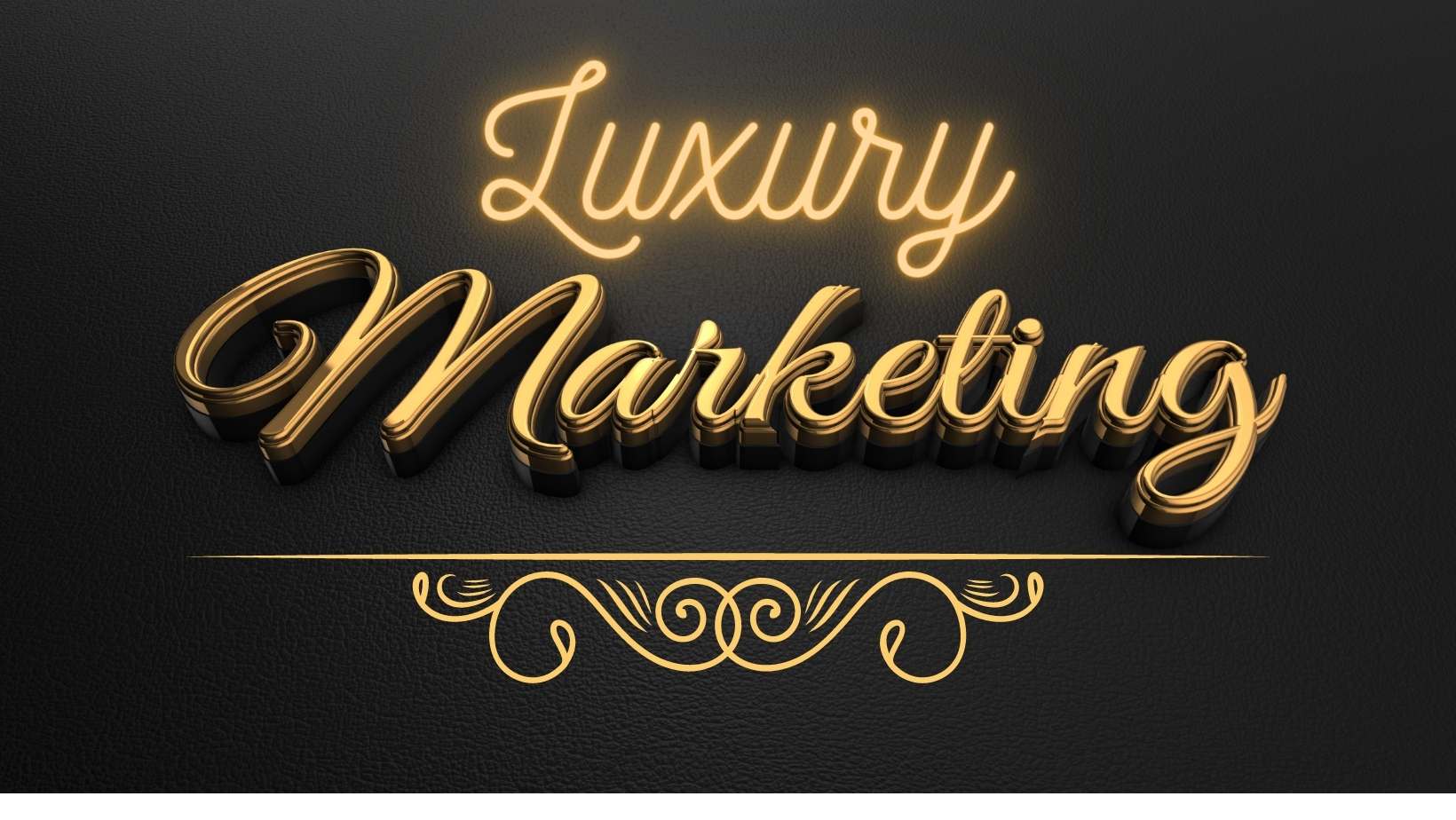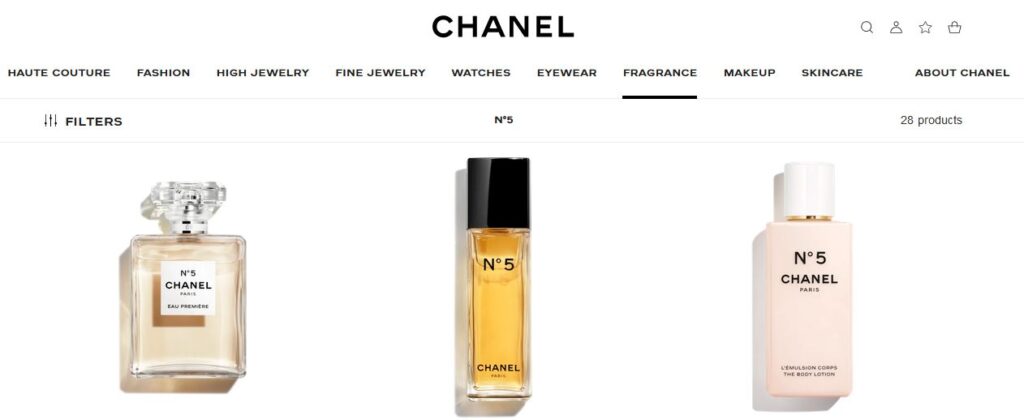
The explanation of luxury differs from one person to another. Luxury brands are generally identified by certain lifestyles or sets of values.
For example, we tend to find a luxury car as a status symbol, at the same time a luxury watch is treated as a sign of success.
Often a strong emotional appeal means a successful brand. People aspire to own them so they are considered aspirational. We find them in almost all sorts of industries, fashion, beauty, automotive, hospitality, and the likes.
Typically, high-end brands are well-known and already established. They often have a long history, that is, they carry a legacy of their own. Also, they mostly have an exceptional level of quality as well as craftsmanship.
Page Contents
What is Luxury Marketing?
It is the marketing practice applied for the promotion of products and services of high-end brands.
Luxury marketing is pretty distinct from other marketing strategies. People tend to buy these types of items with some specific things in their minds.
Common people will never even think about them. However, the affluent class thinks of them in a rather different way. They usually invest in luxurious brands to express their aesthetic side while some of them would like to show that they can afford (or flaunt) luxurious brands.
Naturally, a luxury brand symbolizes wealth, prestige, and excellence. Therefore, making a branding strategy for such types of brands means focusing on the elite clientele, with brand promises, and visual details.
Definition of Luxury Marketing
Luxury brand marketing is defined as a marketing strategy that focuses on creating the optimum brand value and pricing power for a luxurious brand by using different brand elements like lineage, heritage, craftsmanship, country of origin, prestigious clients, scarcity, uniqueness, etc to maximum advantage.
Firstly, what is a Luxury Brand?
Luxury products usually project a grand reputation, prestige, rarity, or class.
So when we hear the names of such brands, we know what they stand for. Rolex, Gucci, Louis Vuitton, Ferrari, etc are all telling the same story.
Preferring such brands demonstrates that people are successful in life. Because at the psychological level people tend to believe that status symbol is one such medium of portraying success.
Similarly, for a brand to qualify for the luxury status, it needs to have 3 Es.
They are – Excellent, Exclusive, & Expensive.
As these luxury products or luxury fashion are designed by the best designers in the world hence they come up with hefty price tags.
Moreover, their feature, style, uniqueness, and appeal would also match the price. So, pricing, craftsmanship, lineage, and brand value are also key elements of obtaining exclusivity.

(elle.ua)
Strategies of Luxury Marketing
Luxury Customer
For any marketing strategy first and foremost step is to segment the customers. This will ensure better targets for the brand as we know not everyone is my customer. Creating user personas with a detailed characterization of the ideal buyers will be the starting point of this process.
The personas include details like demographic, age, salary, hobbies, profession, etc that are relevant for the luxury brand marketing campaigns. They all support precise targeting.
The amalgamation of all of these traits allows the brand to hyper-target a specific segment of customers.
Everyone has different needs, desires, and budgets. Therefore, if a person is not spending, say, $2,000 on a high-end shoe, it doesn’t mean something is wrong with our marketing campaign. They are just not the right customer at that point in time.
On the other hand, there are people who will buy high-end products for a higher price tag. And those are the prospects we would be engaging with.
This is the most important reason why should a business need to clearly lay out a buyer’s persona when executing marketing and advertising campaigns.
We need to understand that niche audience is tough to find yet they are definitely present in the market. Brands should speak in their language by solving individual obstacles thereby trying to attract them.
Visual Appeal
In addition to traditional channels, today, the best way is to reach more and more people digitally. This allows us to create appealing visual branding campaigns.
According to one research, a positive sign is that nearly 80% of purchases made in-store are influenced by one or more digital platforms.
Additionally, most of the luxury products have their own aesthetic. So, a picture can portray many detailed features enhancing brand awareness. The picture is the means by which the brand showcases its products and services to the audience. Most importantly, it evokes emotions in people which is one important requirement for luxury brands.
People find legendary brands like Chanel quite attractive hence it is one of the most pinned brands on the visual platform. Chanel has raised awareness through pictures.

Digital platforms are quite suited for experimenting too. Many luxury brands have found success through this method on digital media and social platforms. The accounts of these brands look educational and aspirational as well.
User experience and style
The luxury brand takes the pain to enhance the UX (User Experience) of its websites in every possible way. It should look appealing to the end-users. However, in due process, the functionality takes a beating often people struggle to find the best suitable product for themselves.
These brands must look at their websites from a customer’s angle. It will help them better understand the changes that they shall include in their websites and is a great way to make the website user-friendly.
Intuitive navigation throughout the website will also assist them to spot the perfect product that is suitable for them.
About History & Lineage
It is imperative to promote the history of your brand too. The reason behind the very existence of the brand.
They all depict the heritage and allow prospects to understand the ideology behind the brands.
We often observe that these luxury brands generally skip to mention the history behind instead they talk about the services they cater to.
People often are quite interested in knowing the legacy behind the brand or the products. This helps them relate to that item. A great way to let people understand the values ingrained in those products.
Their stories and heritage garner prospects’ trust that the luxury brands intend to express. And it can also help them receive the appropriate response from the audience. Apart from that, an elaborate portrayal of the quality and brand values that comes out through luxury brand instills trust in the prospecting buyers.
Social media advertising
Businesses underrate social media advertisements. But it is not surprising that these ads produce greater value to the brand.
It also helps a brand to reach more and more people, which they can segment based on their target audience.
For example, on Facebook, they can segment the audience based on college, married, age group, and many more.
What more? They can pin the feelings and sentiments of the audiences through their advertisements. Therefore, luxury brands can always benefit from social media advertisements.
In addition, brands may partner with “influencers” on social media. But it should be kept in mind that these influencers need to be the ones who already have a presence in the luxury space.
SEO Strategy for a better reach
We all search for content keywords. It is imperative that search engine optimized articles are very helpful.
Thus, luxury brands can generate more traffic by publishing their products along with the descriptions on these channels. With this method, prospecting buyers would learn about the brand and all the other services that are available.
Also, it is a proven fact that reading an article leaves an impactful message on the minds of the audience. SEO blog or content works as a hidden treasure for these luxury brands
These days businesses and brands are coming up with SEO content more than ever.
It happens because these articles and write-ups provide more conclusive information about a specific product. Also, psychology says people tend to trust anything that is in writing.
When we try to apply SEO or/and PPC campaigns for luxury marketing campaigns, there is a constant endeavor to utilize a highly targeted keyword strategy specific to luxury marketing.
Aspiring Content
By creating content that spikes the interest more, engages a greater set of people. Even people often seek more such contents which are aspiring and provides high-quality visuals and graphics.
It helps them envisage the product better and get a real-time experience.
Generally, people look for promotions that describe more about the product. A high-definition and aspirational pictures make these possible with ease.
Brands need to create content that helps in displaying the brand’s image. So, luxury brands focus on creating content that helps in illustrating the aesthetics of the products and services they provide.
As people like to connect more with the products they intend to buy, it is then beneficial for brands to create the same.
It is a two-pronged approach. One, it helps people to portray their capabilities. Second, it helps the brands to reach more audiences and gain more profit.
Customer Loyalty
One crucial feature of luxury marketing is brands rely on a loyal consumer base. Therefore, these brands do not need to promote or market their products regularly.
So, a loyalty program is not common in this sector. Instead, brands should try to retain their consumers and try to make them brand advocates.
We can only achieve this by guaranteeing the quality and exclusivity of the products. And not to forget top-notch after-sales customer service.
Unique features of Luxury Marketing
Performance – Superior experience at both a functional and emotional level.
Pedigree – An extraordinary history that is part of the brand’s mystique.
Scarcity – Limited editions, or products made with rare ingredients such as platinum.
Public figures – Not necessarily a paid endorsement; ideally natural placement of the brand with celebrities at events, etc.
Pricing – Luxury brands must justify a higher price by maintaining perceived value.
Examples of Luxury Marketing
A text ad for Rolex, one of the most recognizable luxury brands.
Observe the vocabulary used. “Timeless” and “luxury” and “performance” and “prestige.”
It gives an obvious sense that a Rolex means opulence and a connotation that if someone manages to wrap one around the wrist, means he/ she is an elite.

Limiting supply makes a product, service, or experience seem more valuable.
Hermès Birkin bag had a waiting list of six years. That’s remarkable!

Conclusion
Luxury marketing is a recent addition to the world of marketing. Its purpose is to achieve success for high-end businesses. It also helps them reach more people who desire to have aspirational products.
According to a McKinsey study, nearly 8% of all luxury sales are made online or around €20 billion. It is a five-fold increase from 2009.
Therefore, it is a no-brainer to know that online sales of these luxury products are growing at a very fast pace.